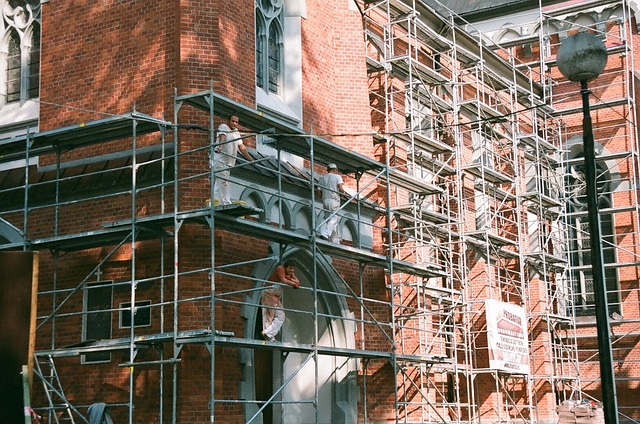Nurturing Historical Heritage Through Contemporary Expertise
Table of Contents

Introduction
Hamilton, a city with a rich tapestry of architectural heritage, unfolds a narrative of evolution through its buildings. As we delve into the history of architecture in Hamilton, we unearth the profound influence of diverse cultural and historical epochs that have shaped the city’s aesthetic identity.
Indigenous Influence on Early Structures
Before European settlers, Hamilton’s landscape bore witness to indigenous architectural practices. The ingenious use of natural materials and sustainable design principles characterized these early structures. Even as European influence took root, remnants of indigenous elements endured in the evolving architectural canvas.
Colonial Architecture in Hamilton
The advent of European settlers marked the introduction of colonial architecture to Hamilton. Early structures mirrored the pragmatic needs of the settlers, gradually evolving to reflect the influence of British colonial styles. The imprint of this era is still visible in some of the city’s oldest buildings.
19th Century Industrial Expansion
Hamilton’s architectural landscape underwent a transformative shift during the 19th century with the rise of industrialization. Factories and warehouses sprouted, defining the city’s skyline and reflecting the economic boom brought by industrial expansion.
Victorian Era Architectural Flourish
The Victorian era ushered in an era of ornate architectural styles. Elaborate detailing, steep roofs, and asymmetrical designs became hallmarks of both residential and public buildings. Notable examples of Victorian architecture, like Auchmar Estate, stand as testimony to this bygone era.
Art Deco and Modernist Movements
As the city progressed into the 20th century, architectural styles embraced modernity. Art Deco emerged, transitioning from the ornate Victorian aesthetics to more streamlined and geometric designs. Modernist architecture also left its mark, influencing the cityscape with functional and innovative structures.
Post-Industrial Redevelopment
Hamilton’s industrial prowess eventually waned, leading to the adaptive reuse of former industrial spaces. Warehouses turned into lofts, breathing new life into historical structures. Preservation efforts gained momentum, emphasizing the importance of retaining the city’s industrial heritage.
Contemporary Architectural Trends
In the 21st century, Hamilton embraces a harmonious blend of modern and historical design elements. Architects find inspiration in the city’s diverse architectural history, creating a unique identity that balances innovation with a nod to the past.
Architectural Landmarks in Hamilton
From the iconic Dundurn Castle to the Royal Connaught Hotel, Hamilton boasts architectural landmarks that define its skyline. These structures narrate tales of the city’s growth and serve as visual anchors in its architectural narrative.
Architectural Preservation Challenges
Preserving Hamilton’s architectural heritage faces the challenge of balancing development with conservation. Apeiro Construction, cognizant of this delicate equilibrium, takes pride in contributing to the preservation of the city’s historical structures while creating spaces for contemporary needs.
Conclusion
As the latest trends in custom home design redefine the landscape of modern living, Apeiro Construction emerges as a beacon of excellence in Ontario. Embrace the future of home design with trend-setting innovation, sustainable practices, and a commitment to realizing bespoke living spaces that stand as reflections of individuality and sophistication. Apeiro Construction, where dreams find their architectural expression.

Design Solutions Tailored for Hamilton Homes
In the ever-evolving landscape of interior design, residential remodeling holds a significant place. Homeowners in Hamilton are constantly seeking ways to revamp their living spaces to align with their evolving

The Role of General Contractors in Niagara Falls Home Renovations
Niagara Falls is not only a renowned tourist destination but also a vibrant community where residents take pride in their homes. Whether you’re considering a complete home renovation or simply

Selecting the Best Custom Home Builders in Niagara Falls
Niagara Falls, a breathtaking natural wonder, draws countless visitors each year to witness its awe-inspiring beauty. However, for those seeking to call this picturesque region home, the process of finding


